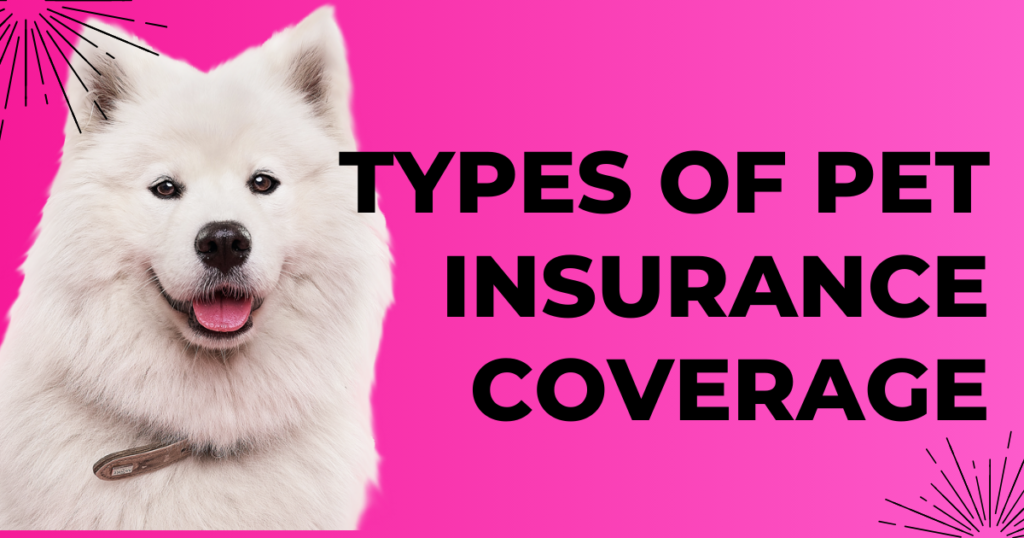In this comprehensive guide, readers will discover everything they need to know about pet insurance, from the benefits and coverage options to the factors to consider when choosing a policy. With a formal tone and expert insights, this article aims to provide general readers with a deep understanding of pet insurance, empowering them to make informed decisions and secure comprehensive coverage for their beloved pets. Whether you’re a first-time pet owner or looking to enhance your existing policy, this guide offers practical guidance and peace of mind for all.
Understanding Pet Insurance
Pet insurance is a type of insurance policy that helps pet owners cover the cost of veterinary expenses if their pet becomes ill or injured. It works similarly to health insurance for humans, providing financial support for unexpected medical bills related to the pet’s health. Pet insurance typically reimburses the pet owner for all or part of the veterinary bill after the deductible is met.
What is pet insurance and how does it work?
Pet insurance works by reimbursing the pet owner for covered veterinary expenses. When a pet becomes ill or injured, the owner pays the veterinary bill out of pocket and then submits a claim to the insurance company for reimbursement. The insurance company then reviews the claim and reimburses the pet owner according to the terms of the policy.
The benefits of having pet insurance
Having pet insurance provides peace of mind, knowing that you can afford the best possible care for your pet without worrying about the cost. It also allows you to make medical decisions for your pet based on what’s best for their health, rather than what you can afford at the time. Additionally, pet insurance can help with unexpected expenses, making it easier to budget for your pet’s healthcare.
Common misconceptions about pet insurance
One common misconception about pet insurance is that it’s only beneficial for older pets. In reality, pet insurance can be valuable for pets of any age, as unexpected accidents and illnesses can occur at any time. Another misconception is that pet insurance doesn’t cover preexisting conditions. While this is generally true, some policies may cover preexisting conditions if the pet has been symptom-free for a certain period.
Types of Pet Insurance Coverage

Accident-only coverage
Accident-only coverage provides protection for injuries resulting from accidents, such as broken bones, lacerations, or ingestion of foreign objects. This type of coverage is typically more affordable than comprehensive plans and is a good option for pet owners on a budget.
Accident and illness coverage
Accident and illness coverage not only includes protection for injuries resulting from accidents but also covers illnesses such as cancer, infections, and digestive issues. This type of coverage offers more comprehensive protection for your pet’s health.
Comprehensive coverage including wellness care
Comprehensive coverage, including wellness care, is the most extensive type of pet insurance. In addition to accident and illness coverage, it also includes preventive care such as vaccinations, flea and tick prevention, and annual check-ups. While this type of coverage offers the most comprehensive protection, it may come with a higher premium.
Factors to Consider When Choosing Pet Insurance
Pet’s age and breed
The age and breed of your pet can impact the cost and coverage options of pet insurance. Older pets and certain breeds may be more prone to health issues, which could result in higher premiums or limited coverage for specific conditions.
Coverage limits and exclusions
It’s essential to understand the coverage limits and exclusions of a pet insurance policy. Some policies may have annual or lifetime limits on reimbursements, as well as exclusions for certain conditions or treatments. Be sure to review these details carefully when comparing policies.
Deductibles and copays
Deductibles and copays are important factors to consider when choosing a pet insurance policy. A higher deductible may result in lower monthly premiums, but it also means you’ll have to pay more out of pocket before the insurance kicks in. Similarly, copays can vary between policies and can impact the overall cost of care for your pet.
How to Choose the Right Pet Insurance Policy
Researching different pet insurance providers
Take the time to research different pet insurance providers to compare their coverage options, customer reviews, and reputation. Look for insurance companies that have a good track record of processing claims efficiently and providing excellent customer service.
Reading and understanding policy documents
Before purchasing a pet insurance policy, carefully read and understand the policy documents. Pay attention to the coverage details, exclusions, limitations, and any additional benefits offered. If there are terms or conditions that are unclear, don’t hesitate to reach out to the insurance company for clarification.
Getting quotes and comparing coverage options
Obtain quotes from multiple pet insurance companies and compare their coverage options, premiums, deductibles, and reimbursement percentages. Consider your pet’s specific needs and your budget to find a policy that offers comprehensive coverage at an affordable price.
Conclusion
Pet insurance offers comprehensive coverage and peace of mind for pet owners, ensuring that they can provide the best possible care for their beloved pets without financial strain. By understanding the benefits of pet insurance, the types of coverage available, and the factors to consider when choosing a policy, pet owners can make informed decisions to secure the right coverage for their pets. It’s essential to take action and secure pet insurance to safeguard the health and well-being of our furry companions.

Write more, thats all I have to say. Literally, it seems as though you relied on the video to make your point. You obviously know what youre talking about, why throw away your intelligence on just posting videos to your blog when you could be giving us something enlightening to read?